Revenue マインドマップ - Public Gallery
世界中のMindomoユーザーによって作成されたrevenueマインドマップの幅広い公開コレクションをご覧ください。ここでは、revenueに関連するすべての公開図を見つけることができます。これらの例を見ることで、インスピレーションを得ることができます。また、いくつかのダイアグラムはコピーして編集する権利を与えています。この柔軟性により、これらのマインドマップをテンプレートとして使用することができ、時間を節約し、仕事のための強力な出発点を得ることができます。一度公開すれば、あなた自身のダイアグラムでこのギャラリーに貢献することができ、他のユーザーのインスピレーションの源となり、ここで紹介されることができます。
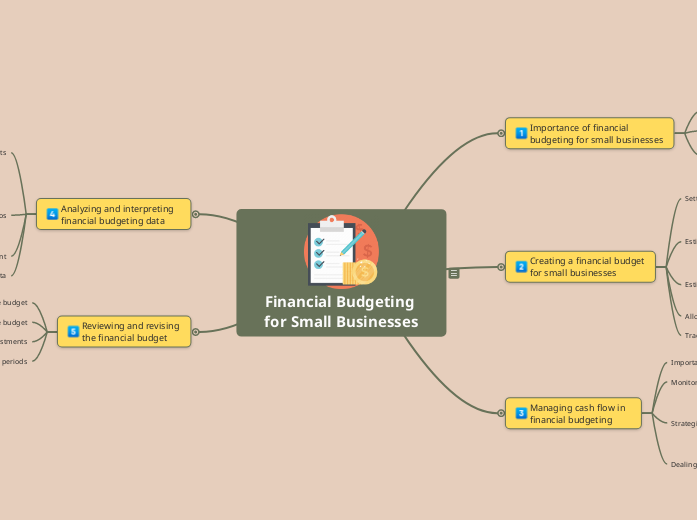

Financial Budgeting for Small Businesses
Mindomo Teamにより
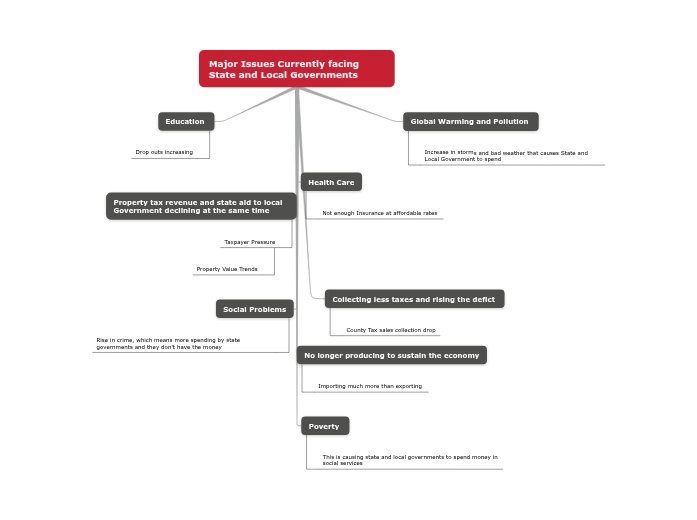

Major Issues Currently facing State and Local Governments
Raheem Brownにより
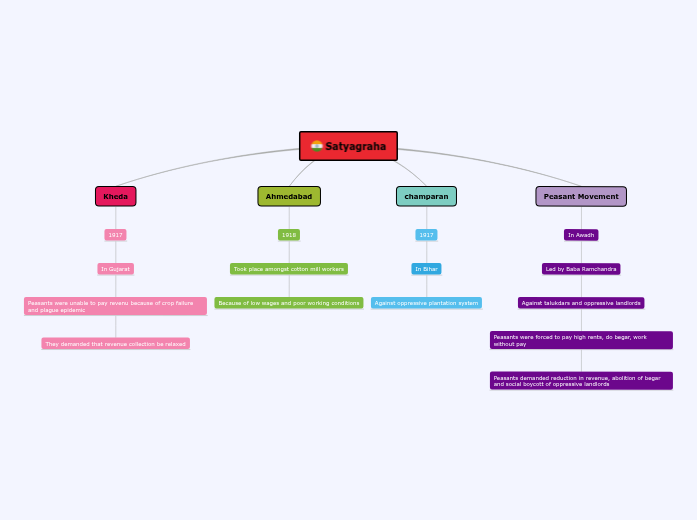

Satyagraha
Ajaz Ajazにより
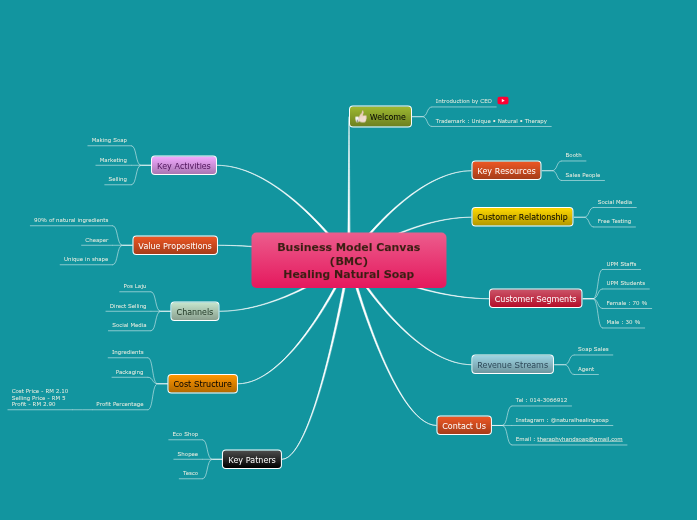

Business Model Canvas
Hafizulhelmi Hanafiにより


Chapter 1 Financial Statements
Alain Garridoにより
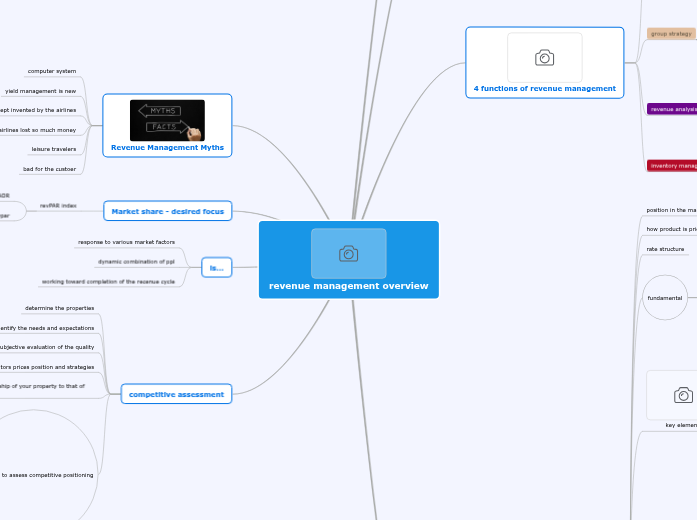

revenue management overview
Bernadett Fábiánにより
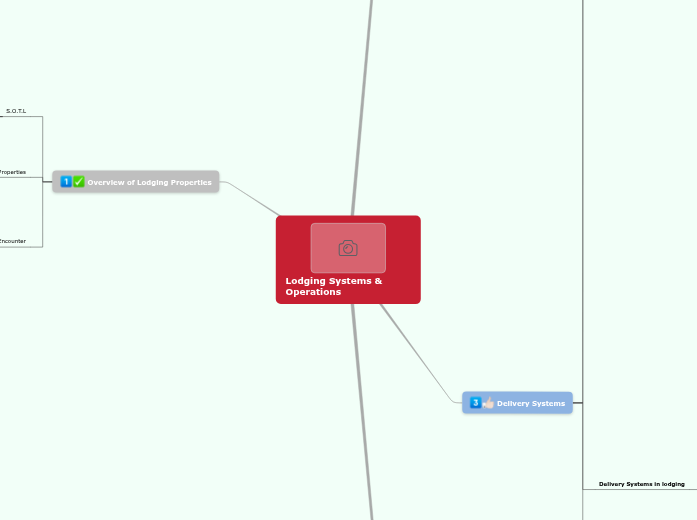

Lodging Systems & Operations - 2007/08
Mark Korにより


Starbucks
Ayuna Asalkhanovaにより


Accenture
Bryan Muntzerにより
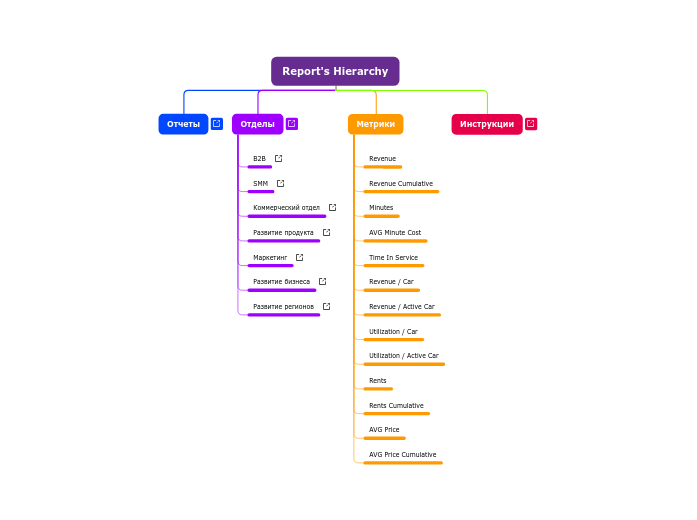

Report's Hierarchy
Yaroslav Menchitsにより
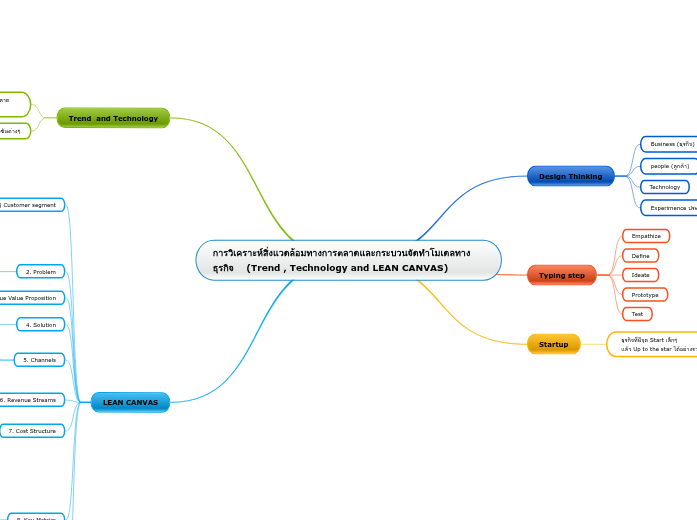

การวิเคราะห์สิ่งแวดล้อมทางการตลาดและกระบวนจัดทำโมเดลทางธุรกิจ (Trend , Technology and LEAN CANVAS)
สายรุ้ง ศรีใหม่により
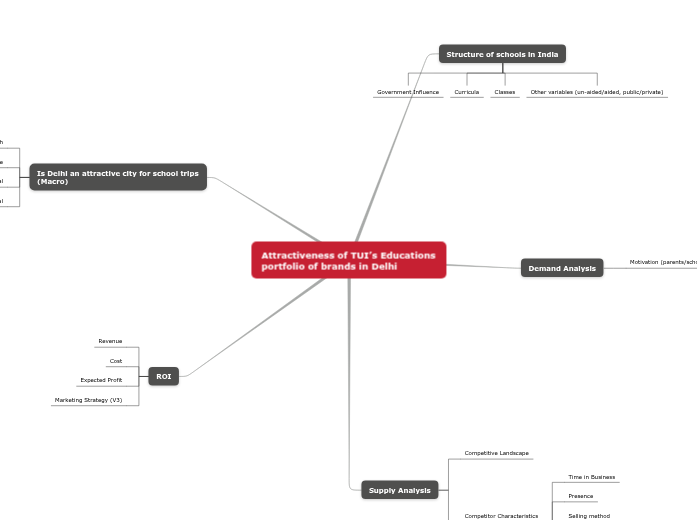

Attractiveness of TUI
CARLOS PARRAにより
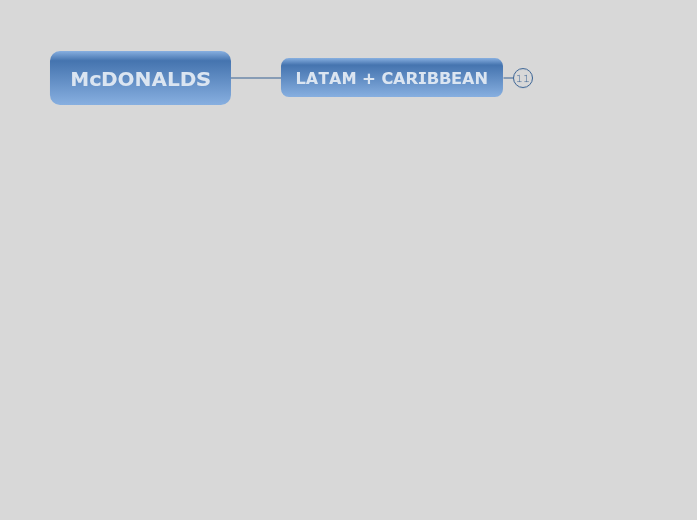

McD (LA+C)
Pero Gruyoにより


Microsoft
Lad Krishnaにより


aerohouse Cafe
teppei ichimoriにより
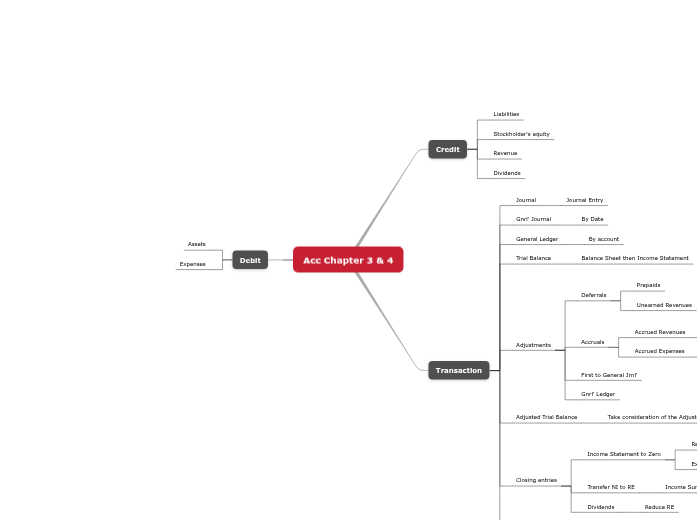

Acc Chapter 3 & 4
Alain Garridoにより
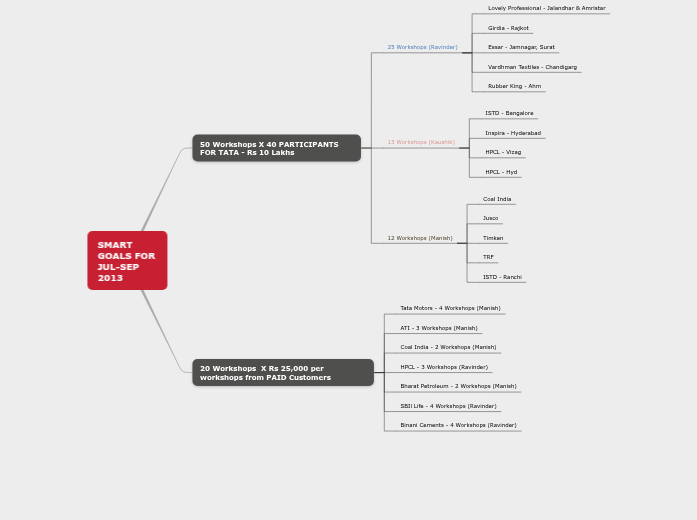

SMART GOALS
Dyota Solutionsにより
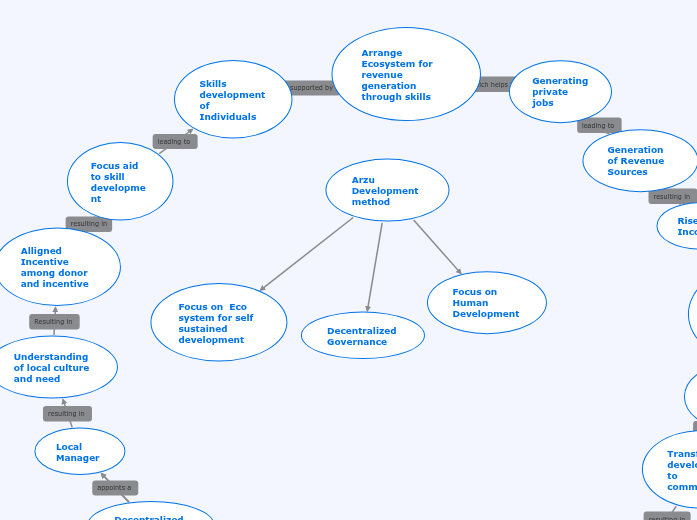

ass-2
MAYANK SRIVASTAVAにより
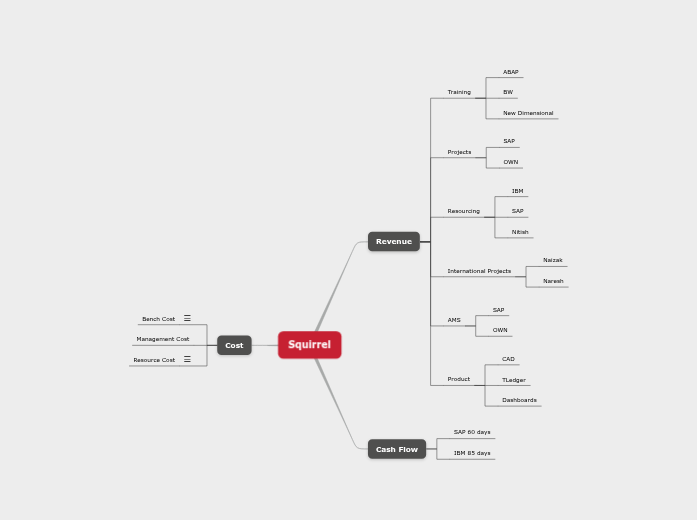

Squirrel Disaster Recovery Plan
Arun Nagpalにより
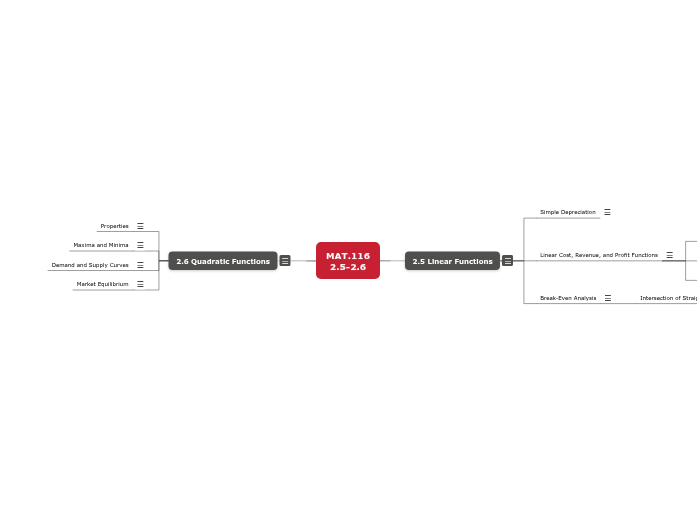

MAT.116 2.5-2.6
David Kedrowskiにより
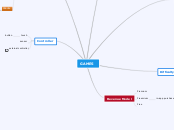

iOS Finale
Eugenio di Lorenzoにより


NK - Profits & Profitability
Nitin Kashyapにより
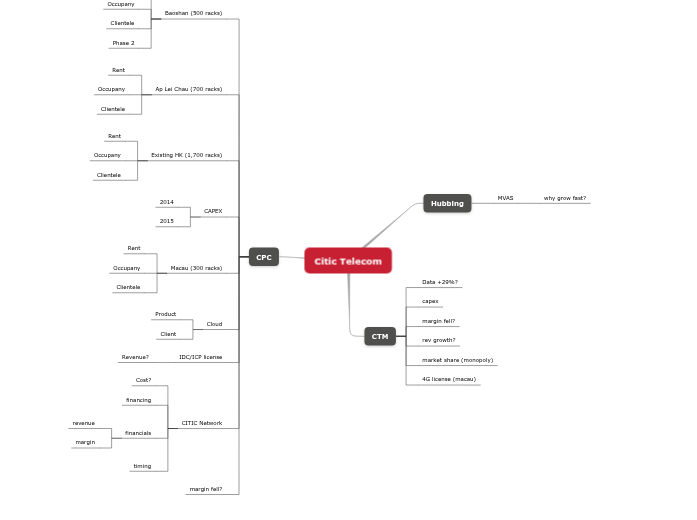

Citic Telecom
Alex Tamにより


Gorilla Tourism
Ho Maiにより
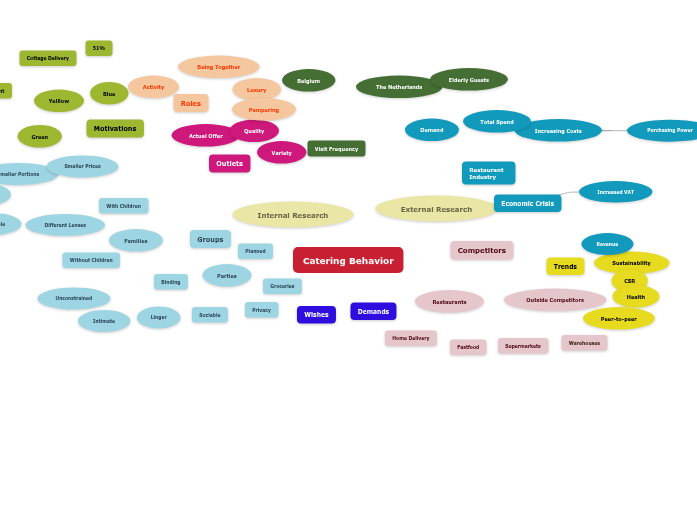

Conceptual Model
Sandra Veermanにより
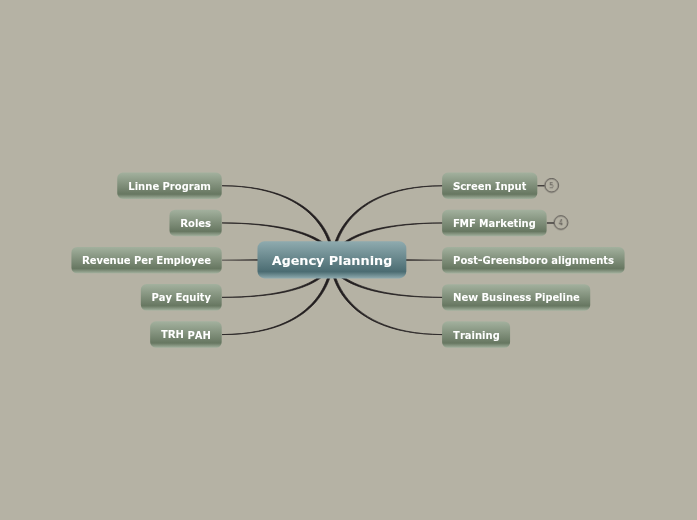

Agency Planning
Stewart Bronaughにより
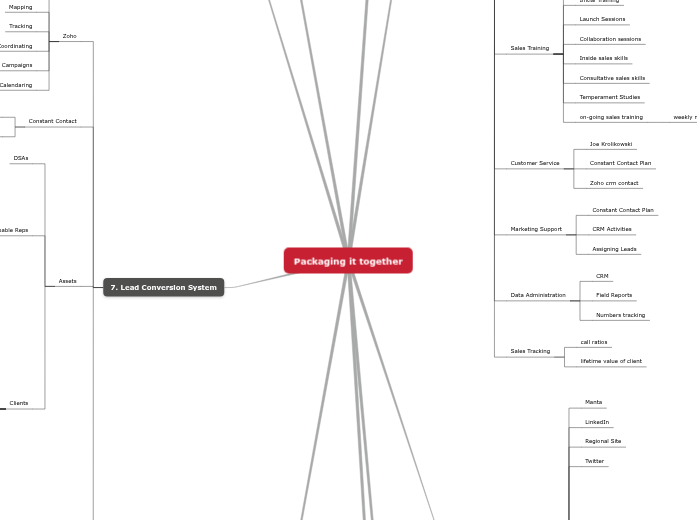

Packaging it together
Dave Kirkにより
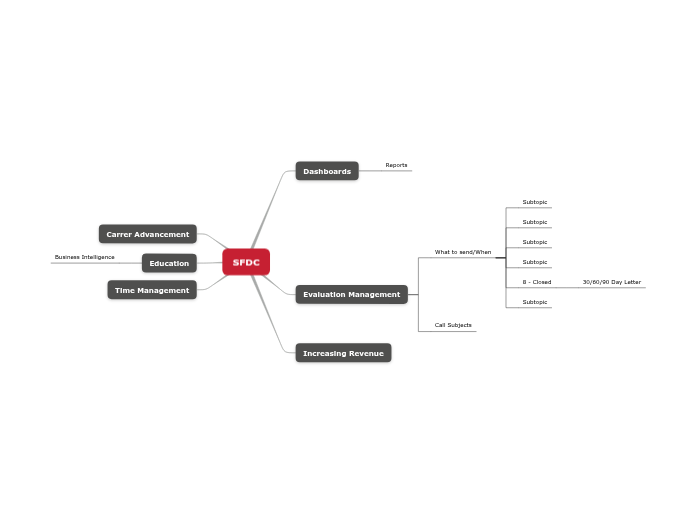

SFDC
neil harringtonにより
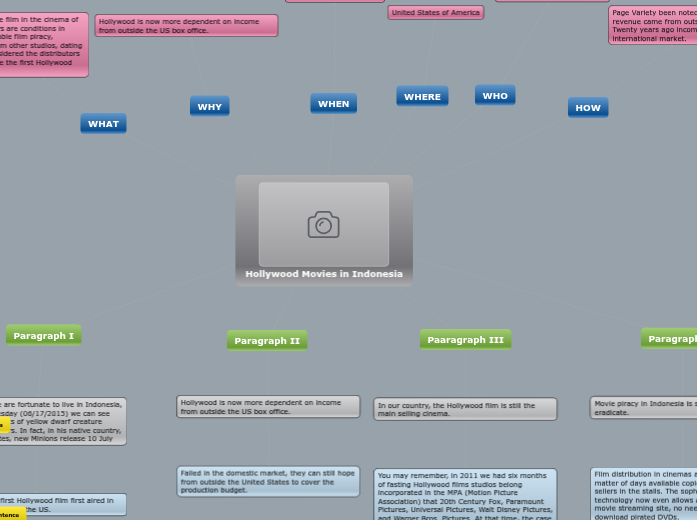

Hollywood movies in Indonesia
May Sulistyaningsihにより
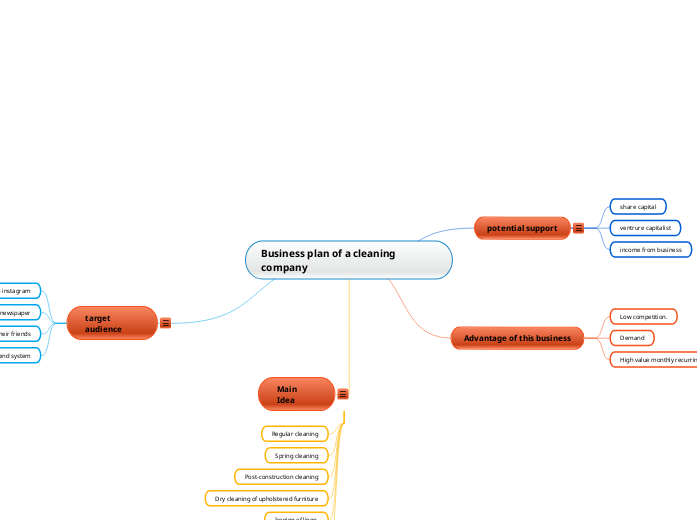

Business plan of a cleaning company
reaction powerにより


Coke Jeff
Laura Martinにより


chapter 4
noor farizeにより
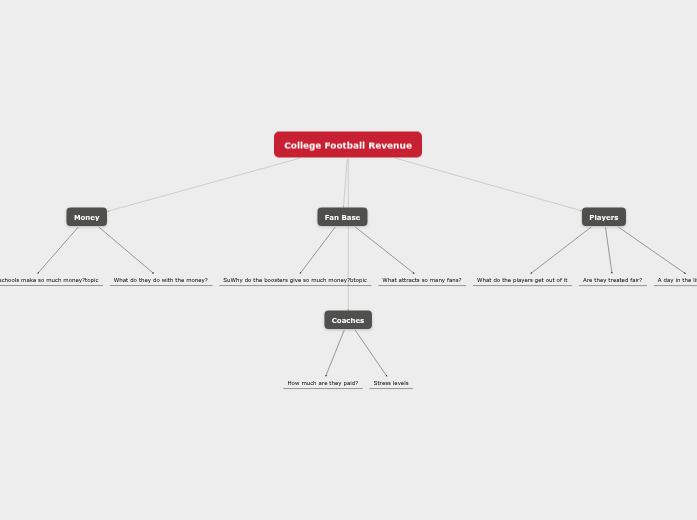

web topic
Turner Corbettにより
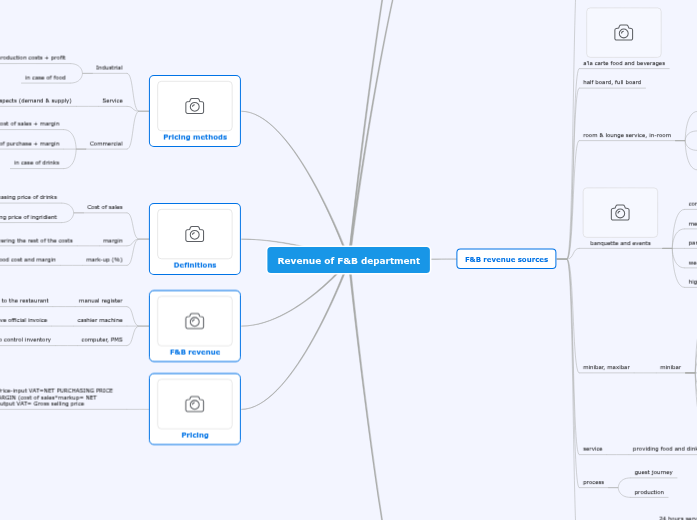

Revenue F&B
Alexa Kachichianにより
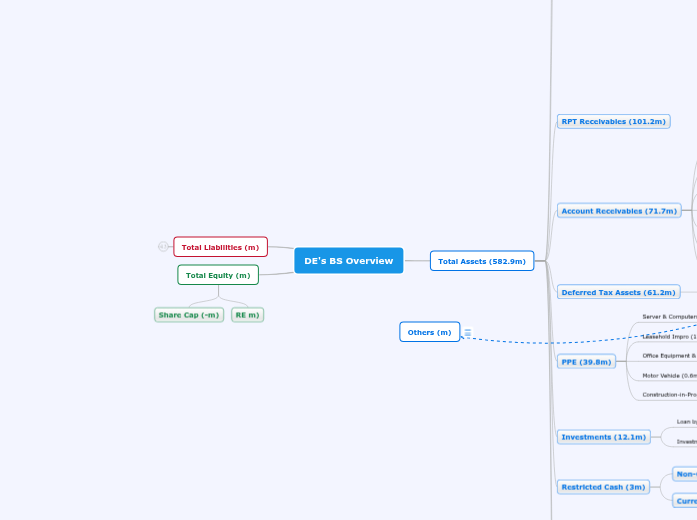

DE's BS Review - Dec 2018
Kiam Soon Chewにより
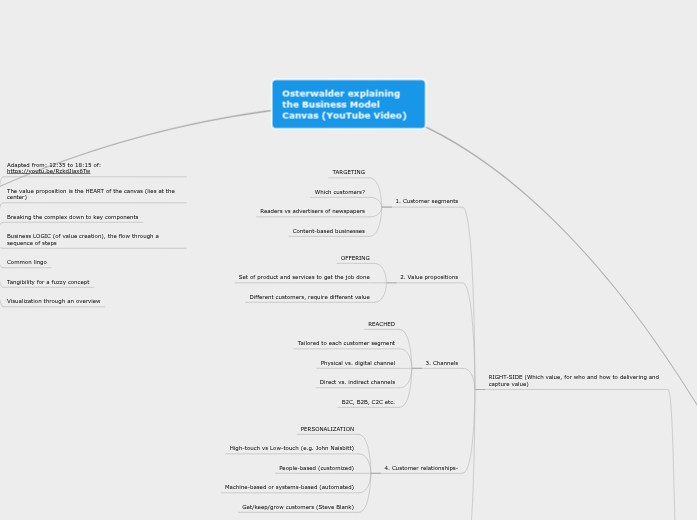

Lesson 5 Osterwalter on BMC
Library of Alexandriaにより
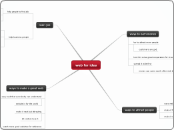

New Map
Li Yuxingにより
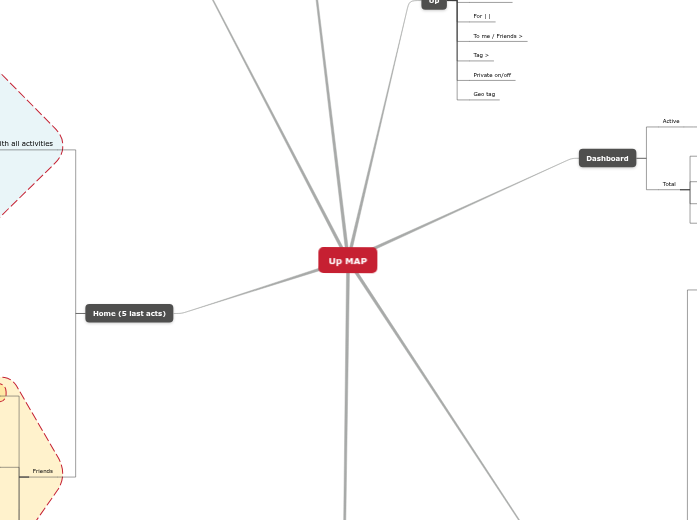

Up MAP
Ivan Kochetovにより
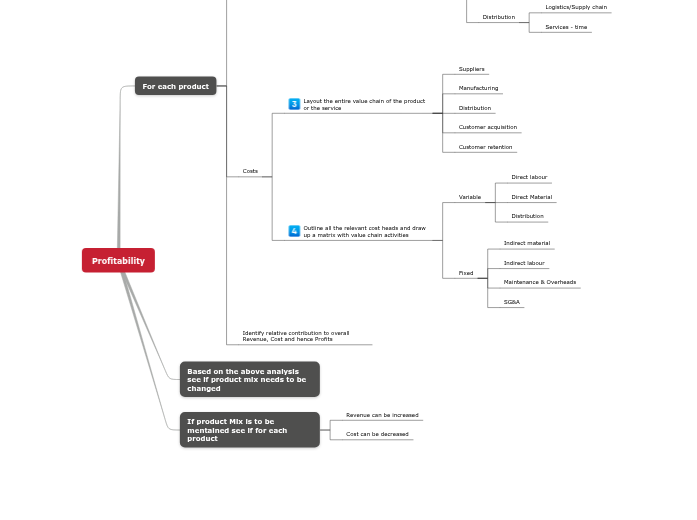

NK-Profitability
Nitin Kashyapにより
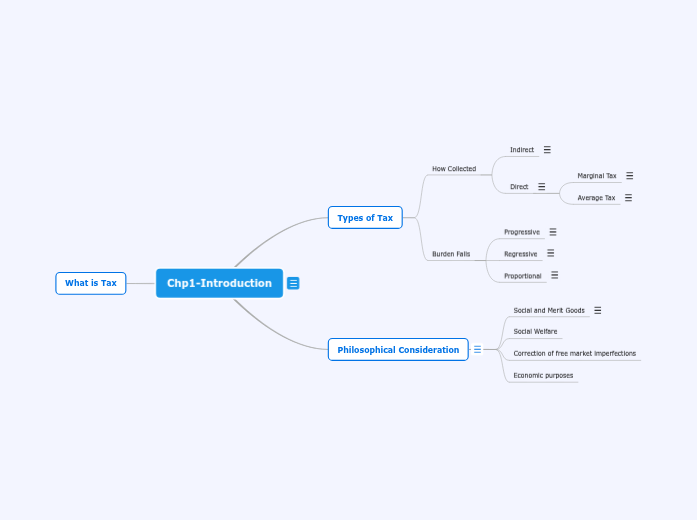

Chp1-Introduction
Benney-Morris Benney-Morrisにより


topic
Darya Gorbashovaにより
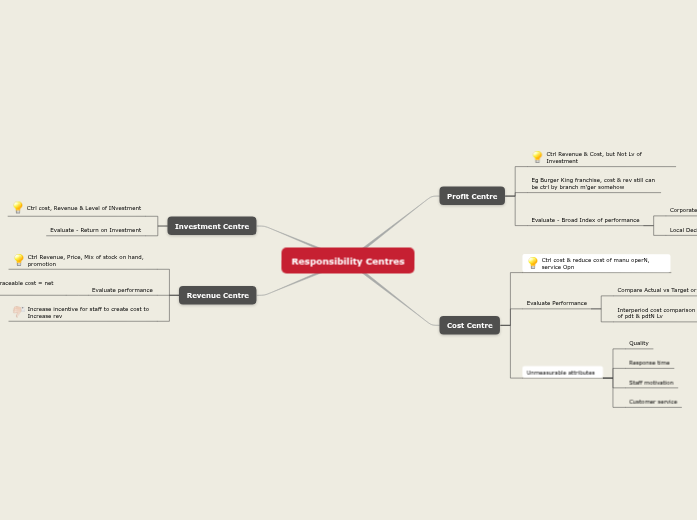

Responsibility Centres
Catherine Tangにより
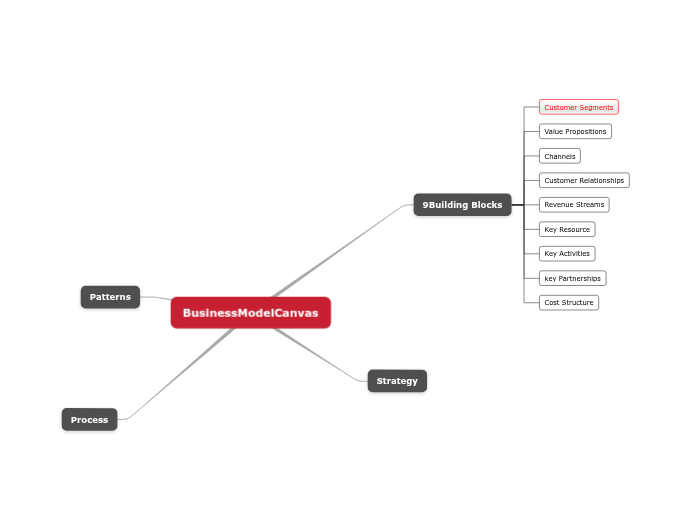

BusinessModelCanvas
Yeounjoon Kimにより
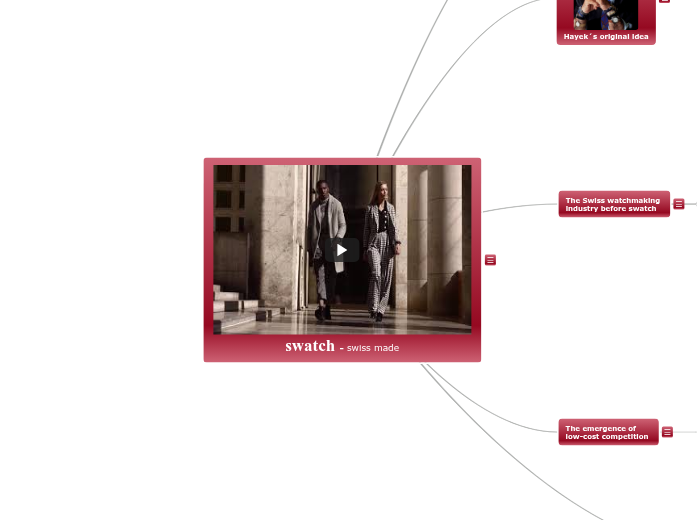

meracarreirocamilo@gmail.com
Camilo Meraにより
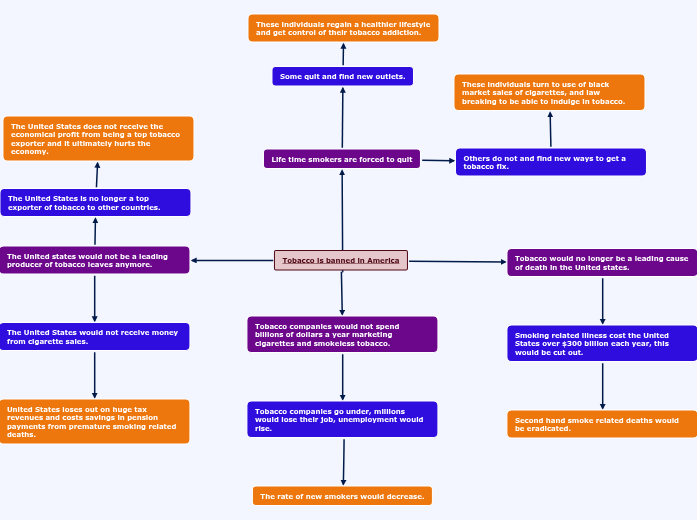

Tobacco is banned in America
Bri Marquezにより
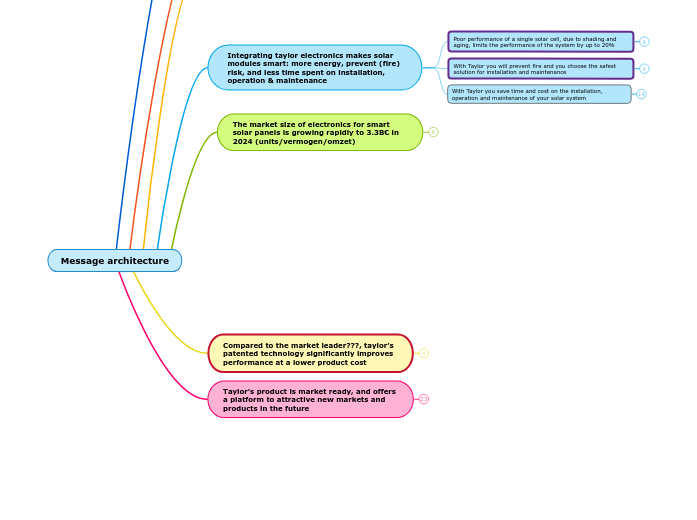

Message architecture MR2
Michiel Roelofsにより
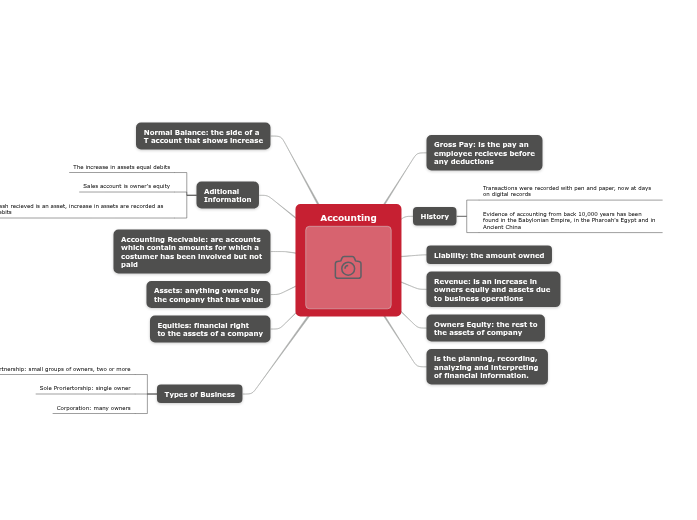

accouting
cecy galindoにより
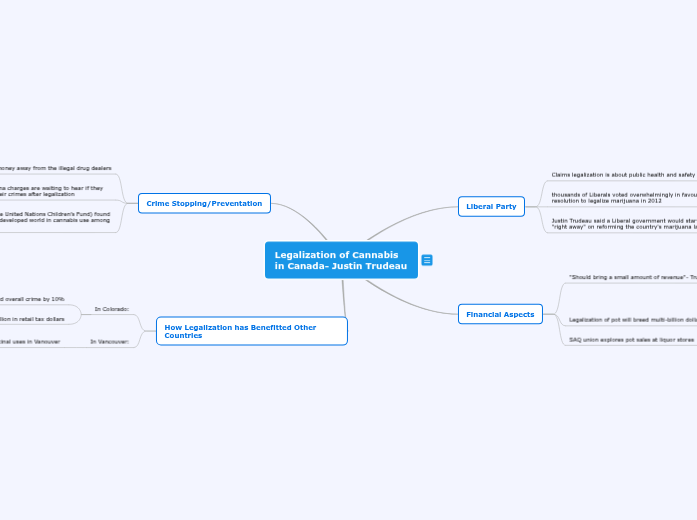

Social change
Dyment Gabbyにより
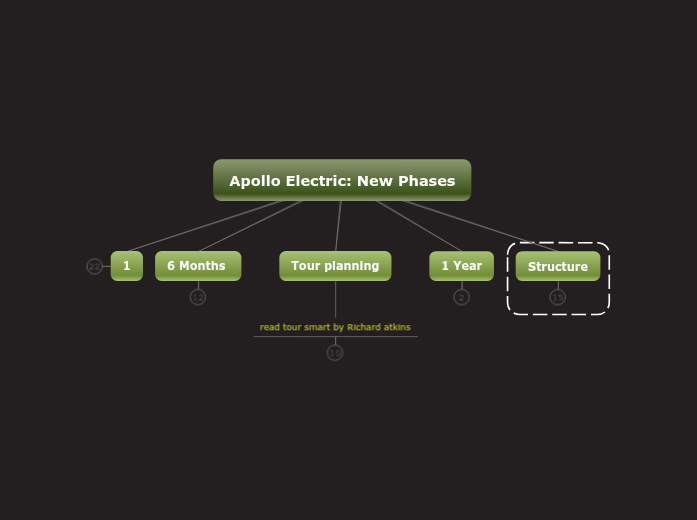

Apollo Electric: New Phase
Greg Wilnauにより
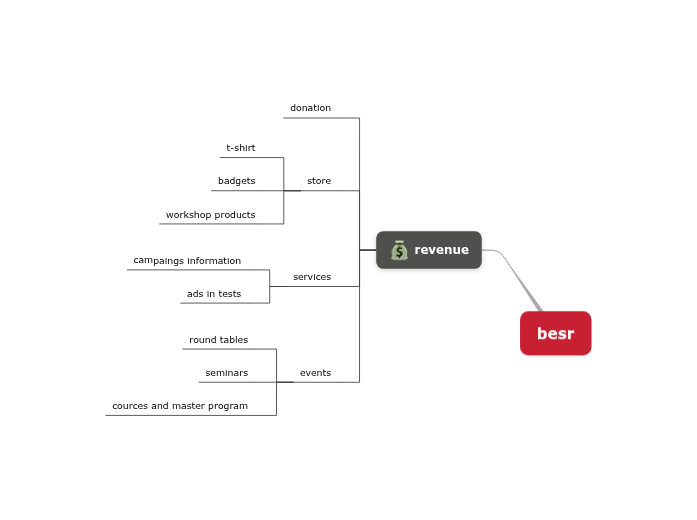

Central topic
Vladislav Velkovにより
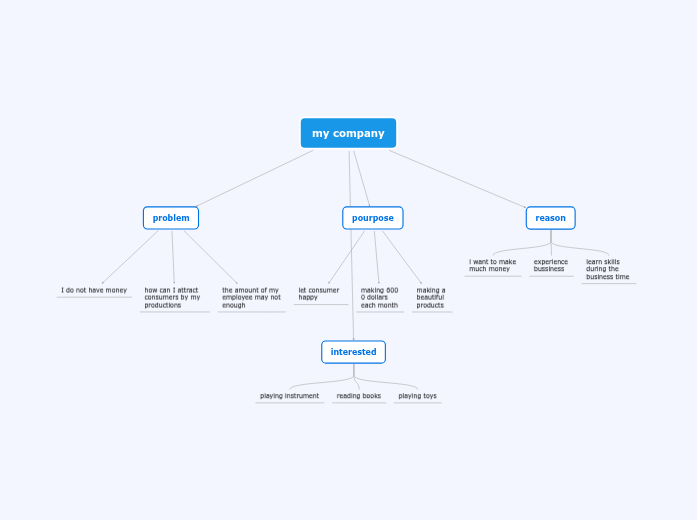

plan A
Tiffany Tianにより
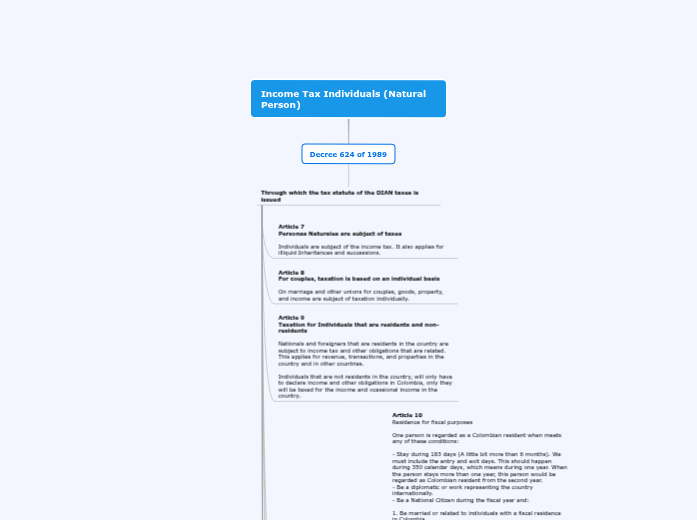

Income Tax Individuals (Natural Person)
Valeria Rodríguezにより
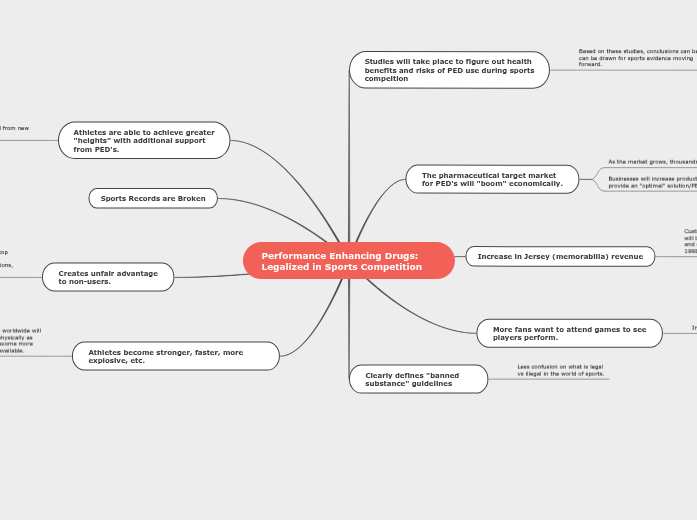

Performance Enhancing Drugs: Legalized in Sports Competition
Dalven Brushierにより
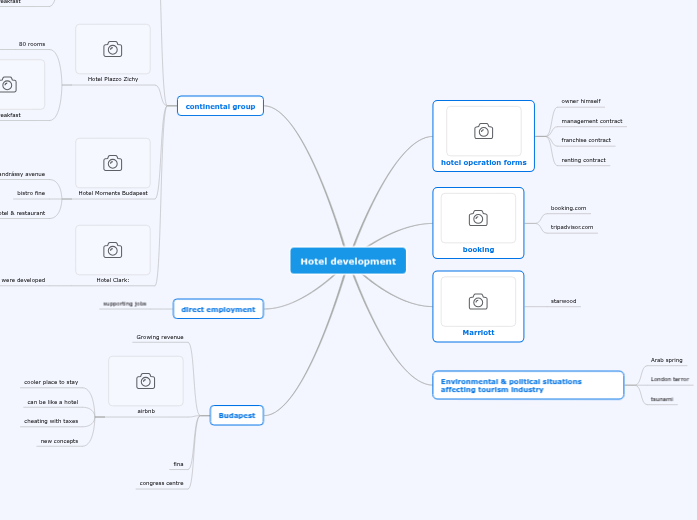

Hotel Development
Alexa Kachichianにより
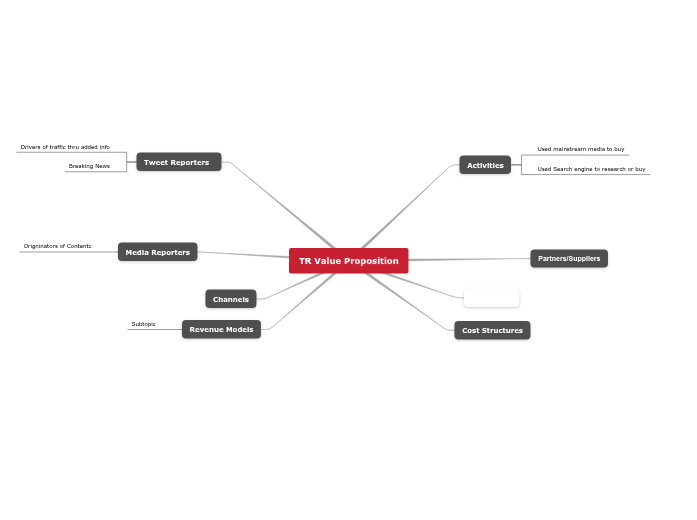

TR_Biz
Wayne Smithにより
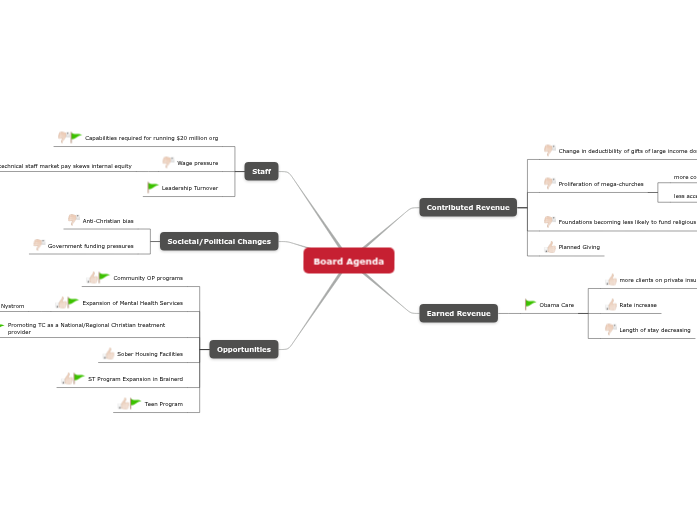

Board Agenda
eric vagleにより
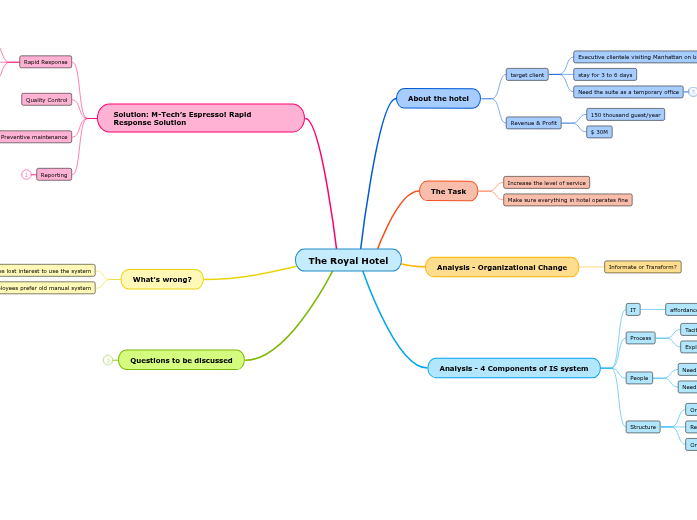

The Royal Hotel
GONG GONGにより


CONIAS Business Model Canvas
Thomas Juliにより


What if possession of controlled substances were no longer illegal?
Darian Gulfoにより
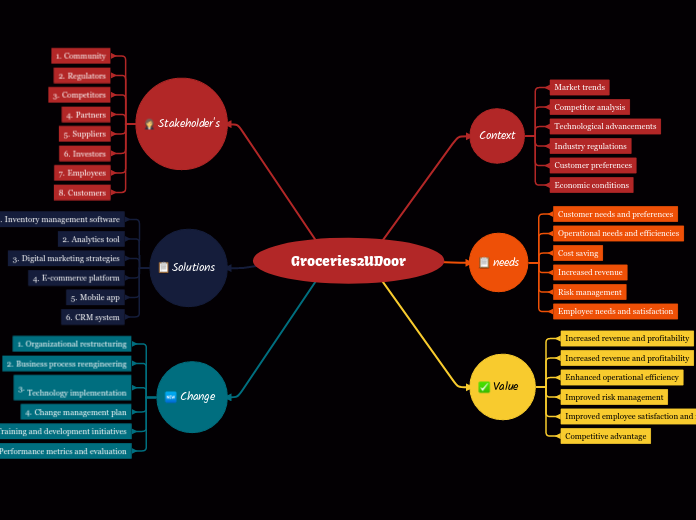

Groceries2UDoor
Manisha Choudharyにより
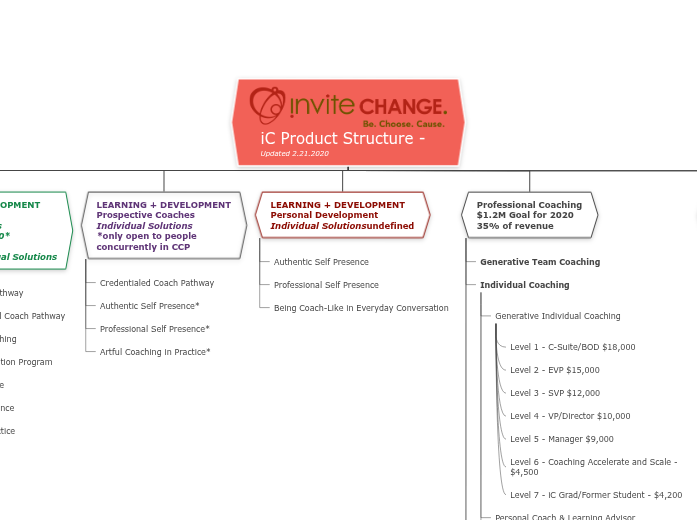

NEW iC Product Structure v2
Steve Thorsonにより
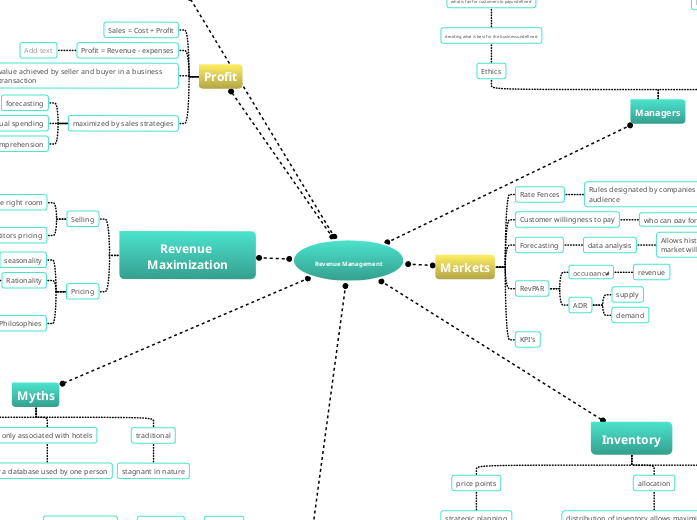

Revenue Management
Paige Kにより
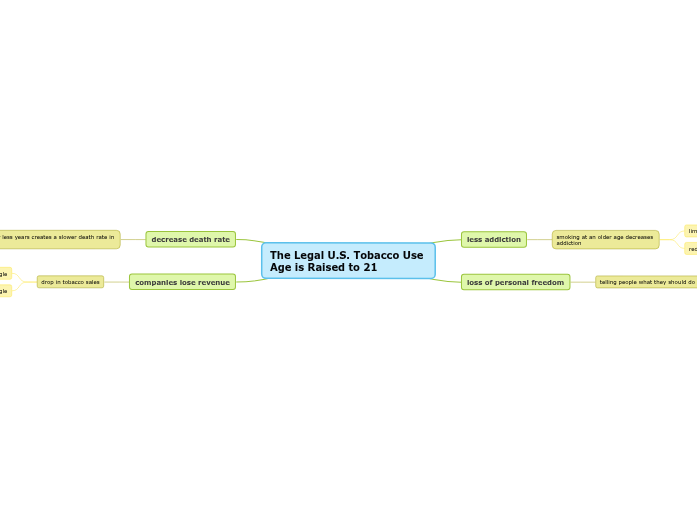

The Legal U.S. Tobacco Use Age is Raised to 21
herica mejiaにより


thesis
Bettina Mangionにより
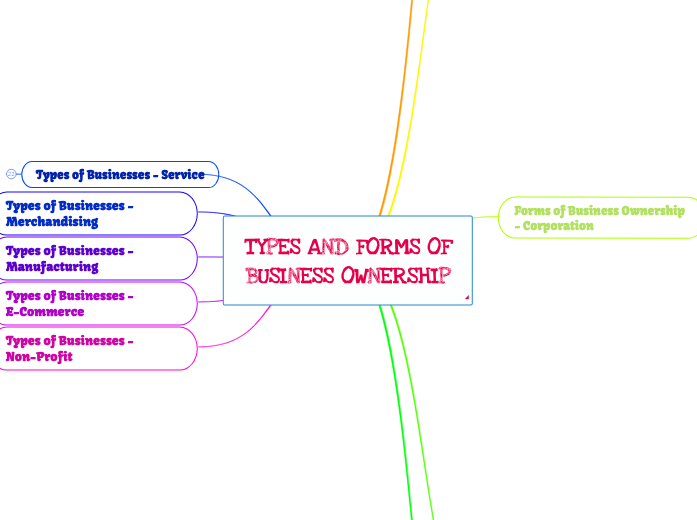

TYPES AND FORMS OF BUSINESS OWNERSHIP
Tran Jennyにより
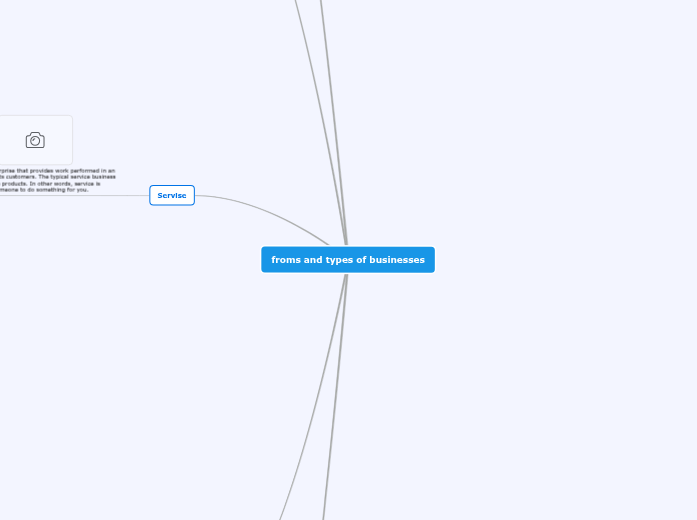

froms and types of businesses
Yuxuan Zheng - Rick Hansen SS (2542)により
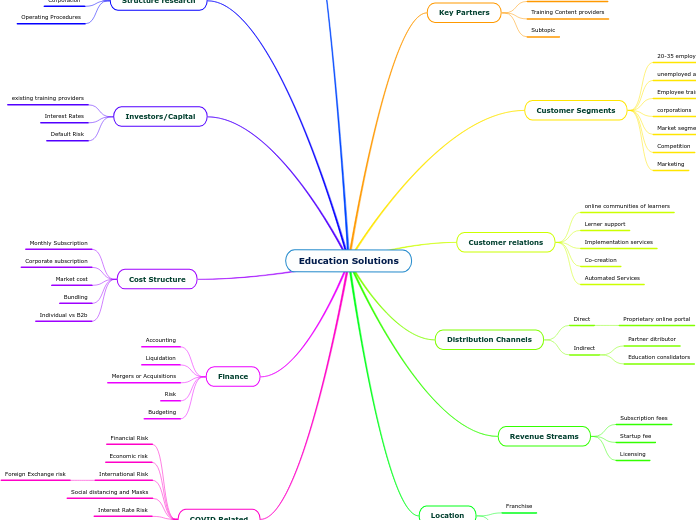

Education Solutions
Maciej Kosinskiにより
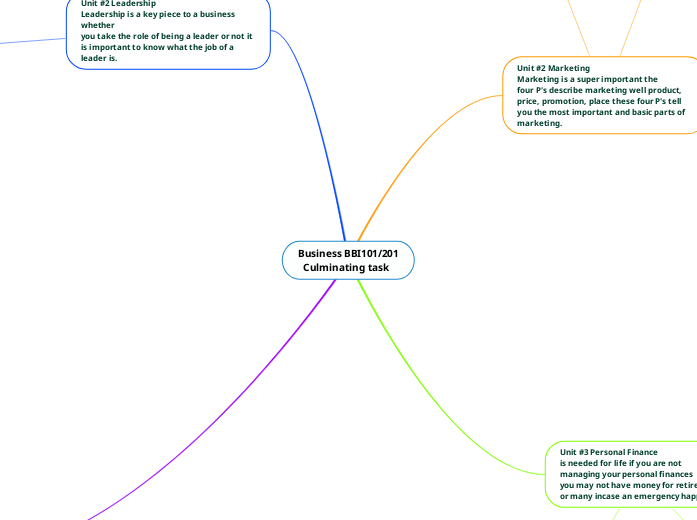

Business BBI101/201 Culminating task Final By:Ben Trenholm
Ben Trenholmにより
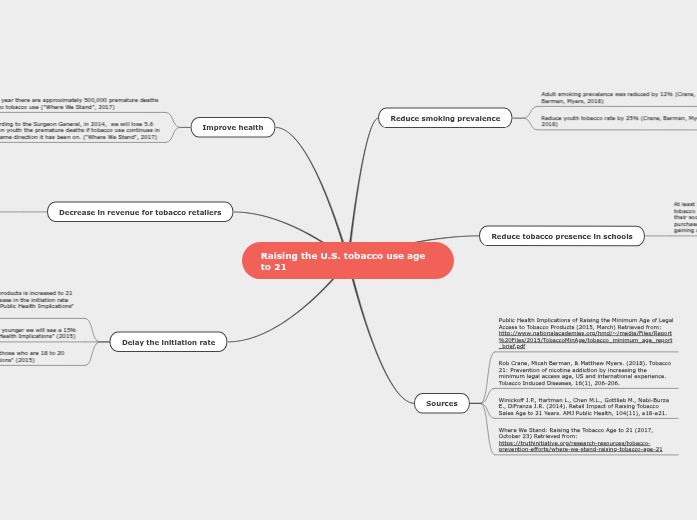

Raising the U.S. tobacco use age to 21
Karissa Wittにより
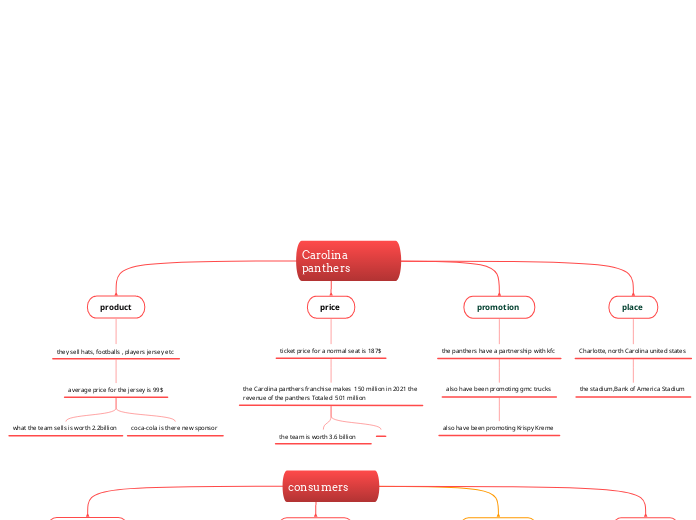

Carolina panthers
Simpson McKenzieにより


unit 2
Kassandra Perezにより
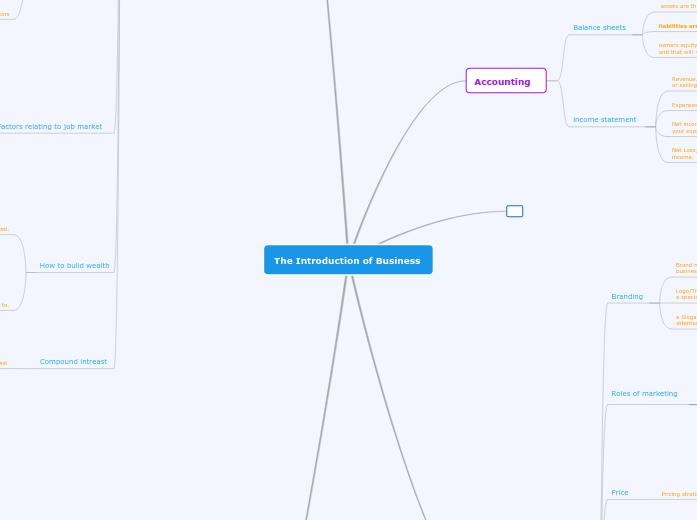

The Introduction of Business
Hunter Bozaninにより
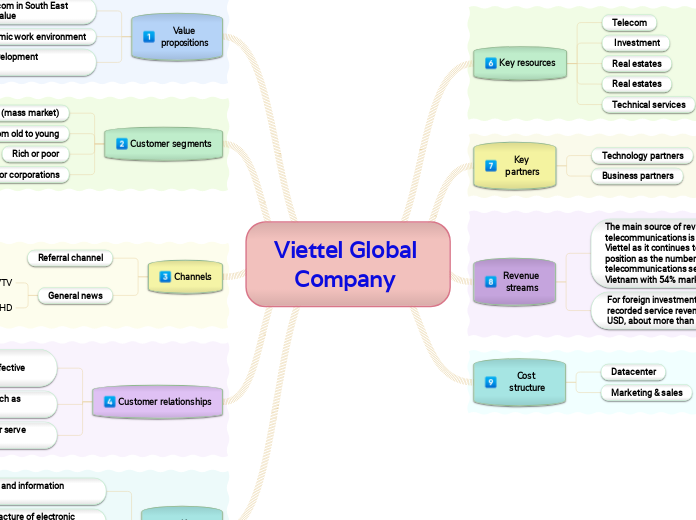

Viettel Global Company
14. Đỗ Minh Giangにより
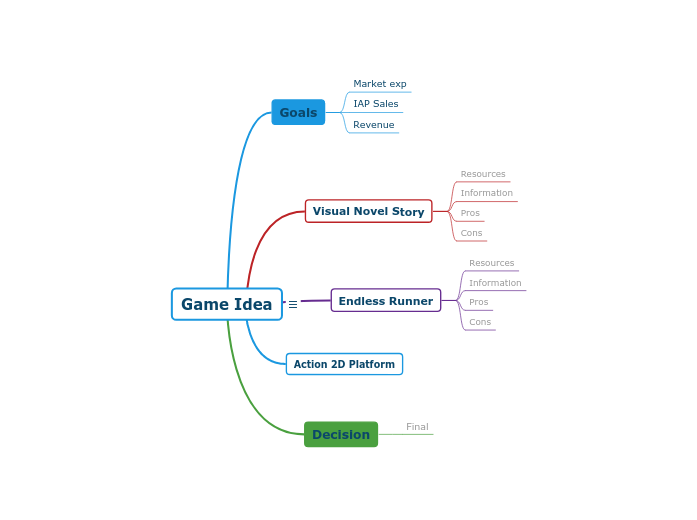

Game Idea
Julius Nugrahaにより
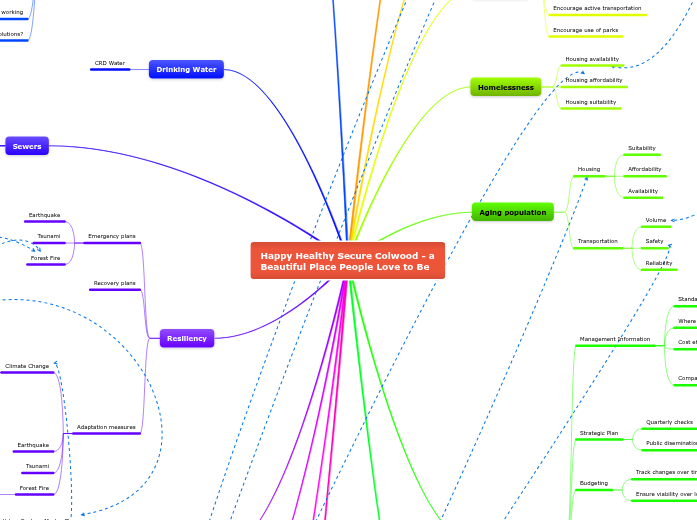

Happy Healthy Secure Colwood
Michael Baxterにより


Revenue Management
Katie Reussにより
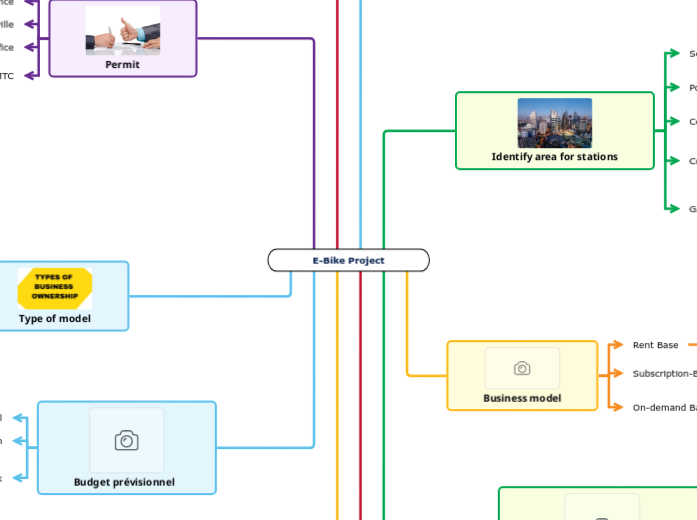

E-Bike Project
Fritz leeにより
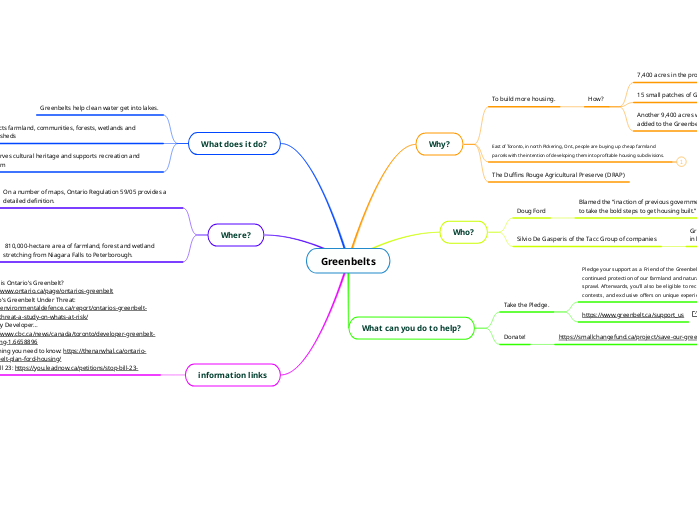

Greenbelts
liam robinsinにより
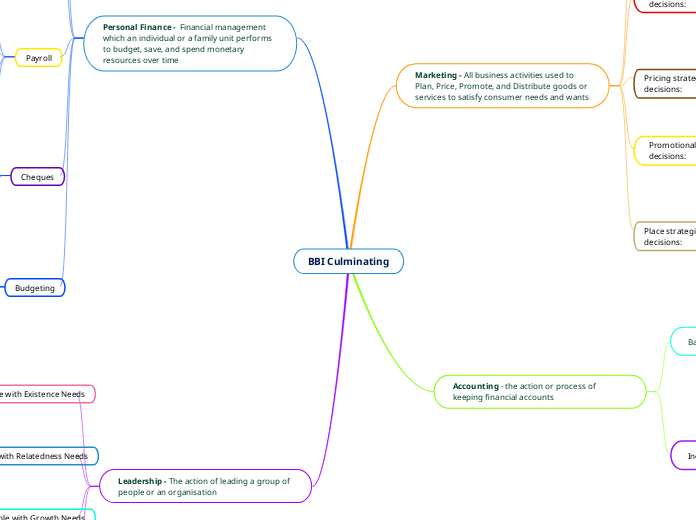

BBI Culminating
Ryne Gravesにより
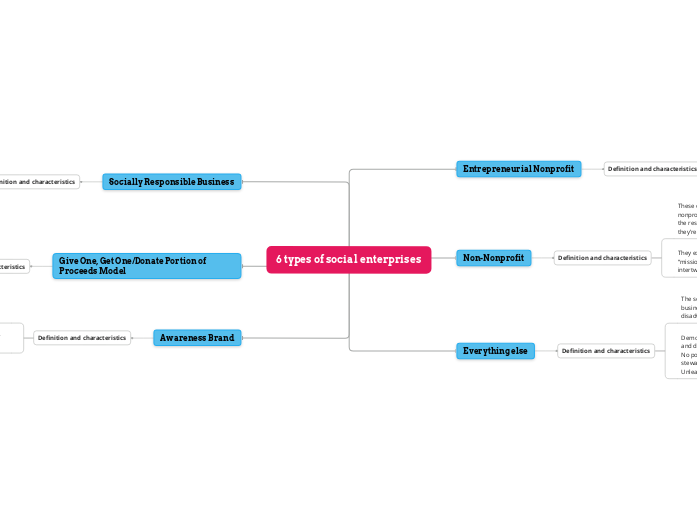

1. Entrepreneurial Nonprofit These are tax-exempt entities supported, at least in part, by earned income (although I’ve seen it argued once or twice that an innovative nonprofit idea, even without earned income, makes the cut). To reach entrepreneurial nonprofit status, these organizations can either (a) implement a revenue-generating program or (b) adopt an overall entrepreneurial business model. Funding Their main funding sources typically are grants from foundations and donations from the general public (the cornerstone of the tax-exempt nonprofit model), although in some circumstances loans from banks, or from foundations in the form of program-related investments, are also possible. Examples Girl Scouts of America, with its much-loved cookie sale program, and Daily Table and With Love L.A., retail grocers bringing healthy, affordable food options to neighborhoods that don’t otherwise have access. 2. Non-Nonprofit Never heard of this one? I’m not surprised — I made it up, for the sake of clarifying often-overlooked yet meaningful distinctions. These organizations start with social mission, much like a nonprofit, and then figure out a way to make it work outside the restrictions of a tax-exempt model — in other words, they’re a for-profit business. They exist primarily to address a social issue (“mission-first” or “mission-centric”), with revenue-generating activities intertwined with change-making activities. They don’t form as for-profits because they are in business “for profit”; rather, it’s a decision that allows for higher-capacity growth, sustainability, innovation and risk-taking — all components of highly successful entities in other sectors — than is generally permitted under the regulations that come with tax-exemption. Funding The ideal funding source here is program-related investments from foundations, which provide low-cost capital at a critical early stage and prevent compromising the fullest expression of mission for financial returns down the road. In some cases, grants from foundations or investments from traditional angel investors or venture capital firms also may be possible. Examples Everytable, seeking to eliminate food deserts through affordable grab-and-go meals with a first-of-its-kind sliding scale model; and InvestED, opening access to capital to low-income entrepreneurs globally with a creative combination of edtech and fintech. Others that fall in this category include Generation Genius, Amplio Recruiting, Nightingale Apps, Tickleberry Place, Mini City and Neopenda. 3. Socially Responsible Business This is the biggest bucket of them all and includes benefit corporations, Certified B Corporations, and all things double- and triple-bottom-line. While these types of entities can be created primarily to address a social issue, it’s more common that this categorical distinction is based on the adoption of practices benefiting community, employees or environment (generally more aligned with the idea of doing business better). In the case of benefit corporations and B Corps, this distinction is included in the company’s formational documents, along with a provision stating that they are legally permitted to honor this distinction (whether that be company culture, responsible sourcing, etc.), even at the expense of shareholder profit maximization. Worth noting here is that benefit corporations are a legal entity formed at the state level, whereas B Corp is a certification available to other for-profit entities (such as corporations and LLCs). Double-bottom-line denotes a focus on social returns alongside financial ones, while triple-bottom-line denotes a focus on environmental, social and financial returns. Funding Primary funding options here include traditional angel investments and venture capital, as well as program-related investments in some circumstances. Examples THRIVE Farmers Coffee, on the more mission-centric side; Ben & Jerry’s and Patagonia, on the more build-a-better-business side. 4. Give One, Get One/Donate Portion of Proceeds Model These companies direct some portion of their business toward charitable work and are almost always layered into the preceding and subsequent categories (falling on either side of it in the diagram above). Revenue-generating activities are generally wholly separate from change-making activities and, in many cases, the social component is an add-on to the company’s core business. Because these models generally feed back into traditional nonprofit system, I break it out as a separate subcategory. Funding Same as above Examples TOMS, Warby Parker, Good Spread, Newman’s Own. 5. Awareness Brand While some will expand these terms to include virtually everything in the previous two categories, we think they also capture a different type of company not yet mentioned — those that sell products designed to engage community and bring awareness to a social issue, but whose primary activities don’t necessarily address the root cause of the social problem they’re bringing awareness to. Funding Same as above Examples Beautiful in Every Shade, So Worth Loving. 6. Everything Else There is no one-size-fits-all, and not every entity will fit neatly in these categories (particularly given the constantly evolving nature of this sector). The social enterprise employment model, which uses the business to provide meaningful work and empowerment to a disadvantaged population (like Bitty and Beau’s Coffee), is a component that can be layered into any of the categories discussed above Then there are outliers like Fruitcraft (formerly the California Fruit Wine Company), which is pioneering a new model called social value enterprise (SVE). While an untrained eye might classify this as a socially responsible business (group 3 above), the folks behind Fruitcraft are very clear about striving for more — namely using market forces to incentivize and reward thinking about the whole — with three defining aspects they claim put SVE in a category of its own: Democratic ownership by employees, including accountability and decision making within the company. No possibility of sale, keeping the company permanently stewarded by the workforce for the benefit of society. Unleashing 100% of profits for social good.
lucciano alcarazにより
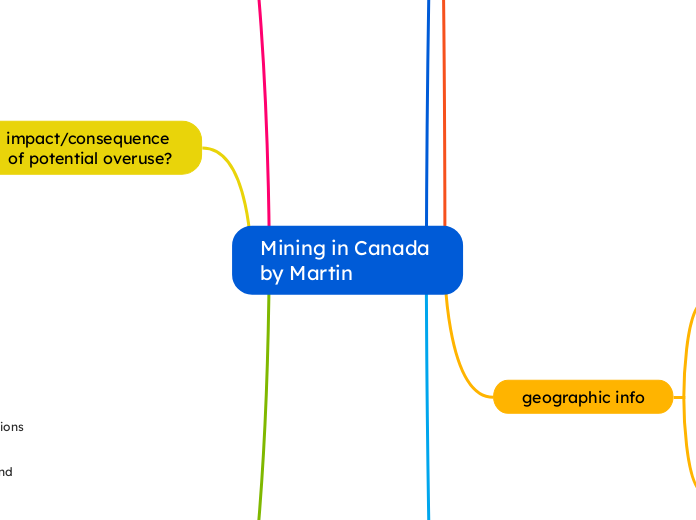

Mining in Canada by Martin
Martin Kikotにより


Revenue Management
Viv Peasleyにより


My ideas
FH - 12LS 1059420 Rick Hansen SSにより
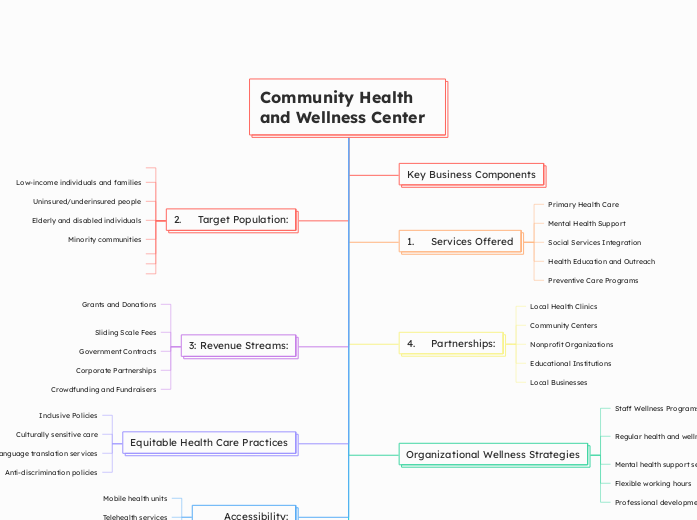

Community Health and Wellness Center
Lucy Ernest Abadiにより
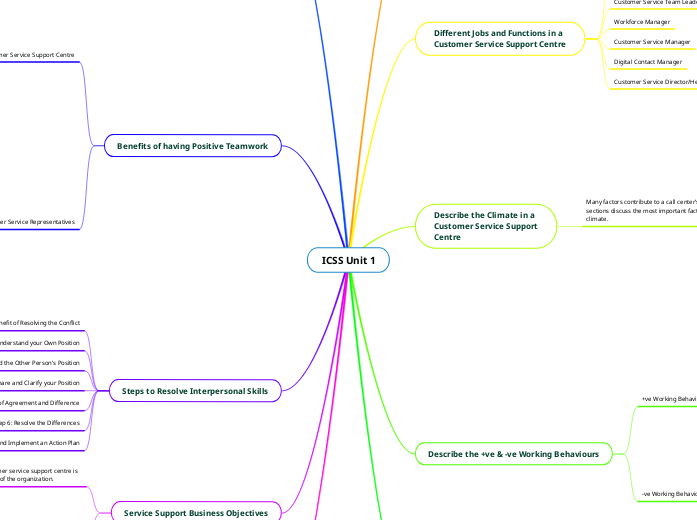

ICSS Unit 1
Sua Jannaにより



